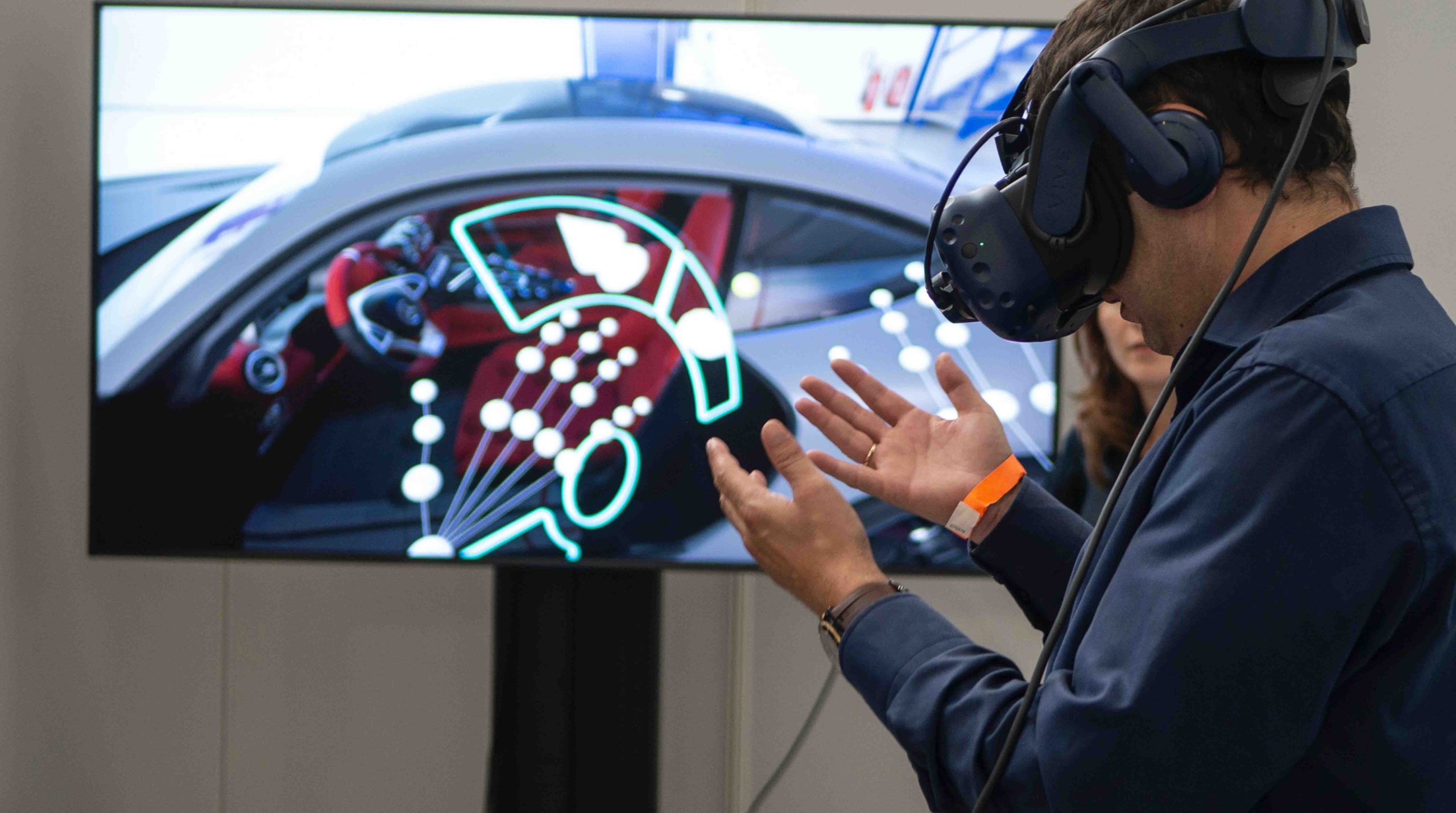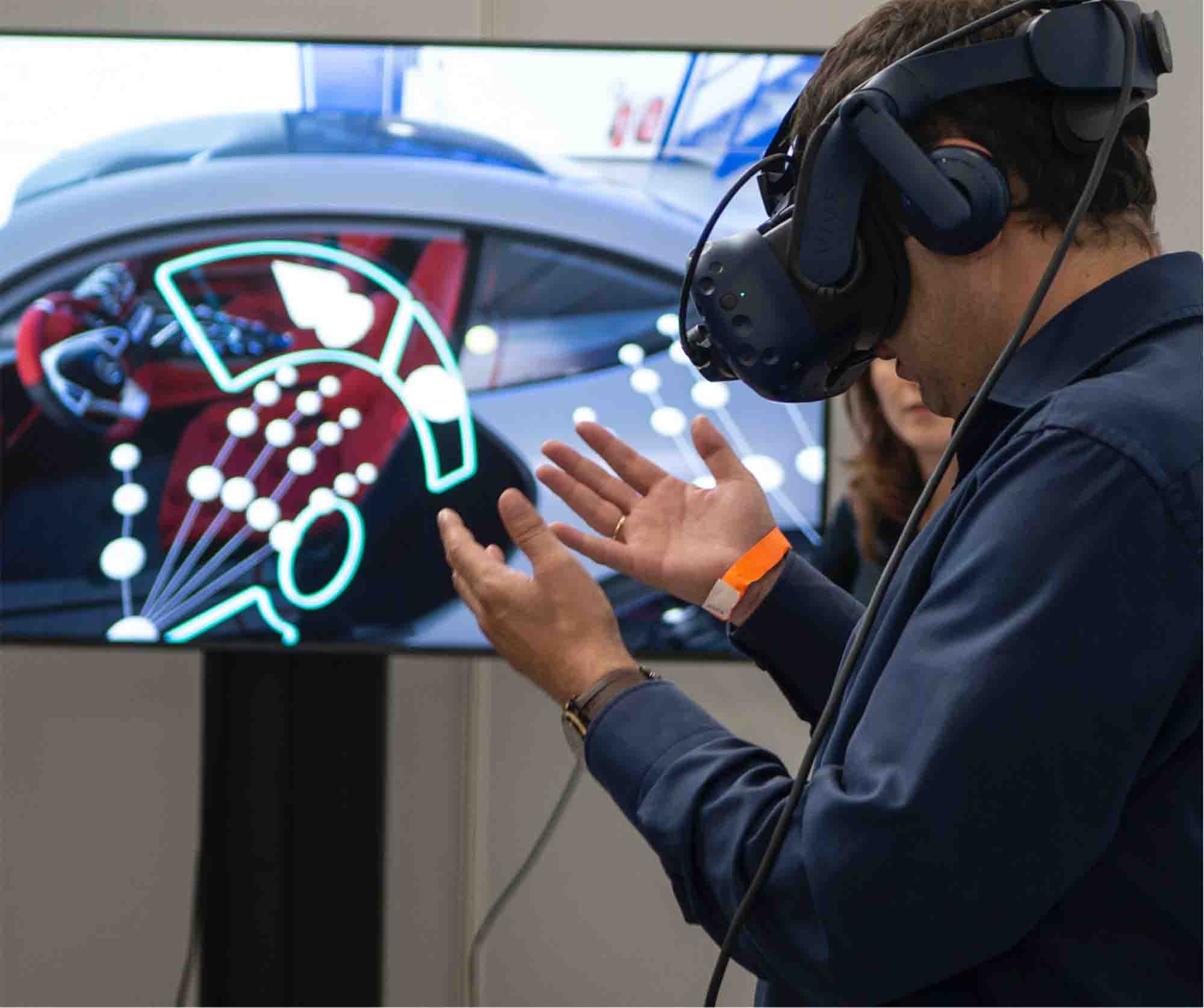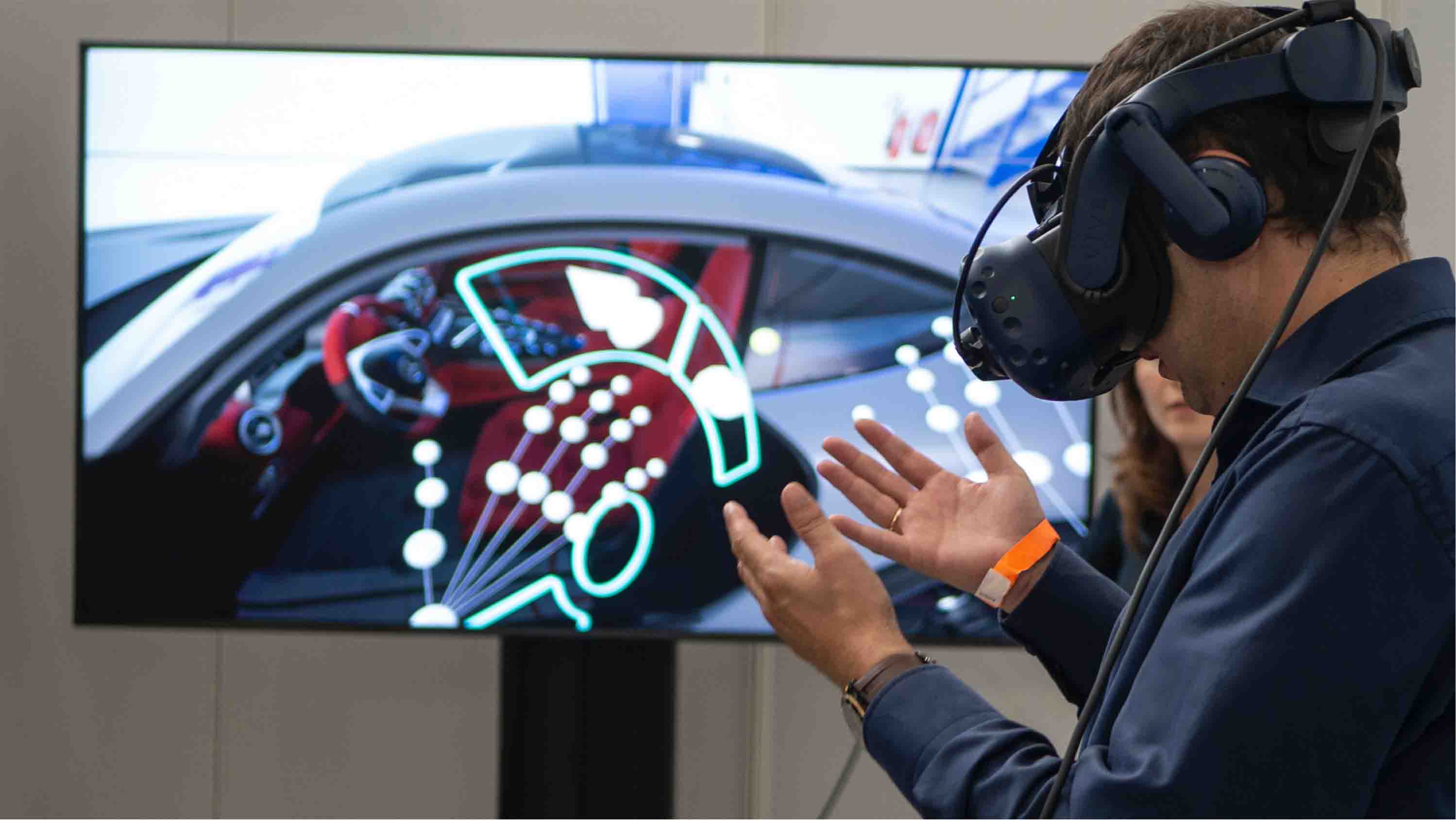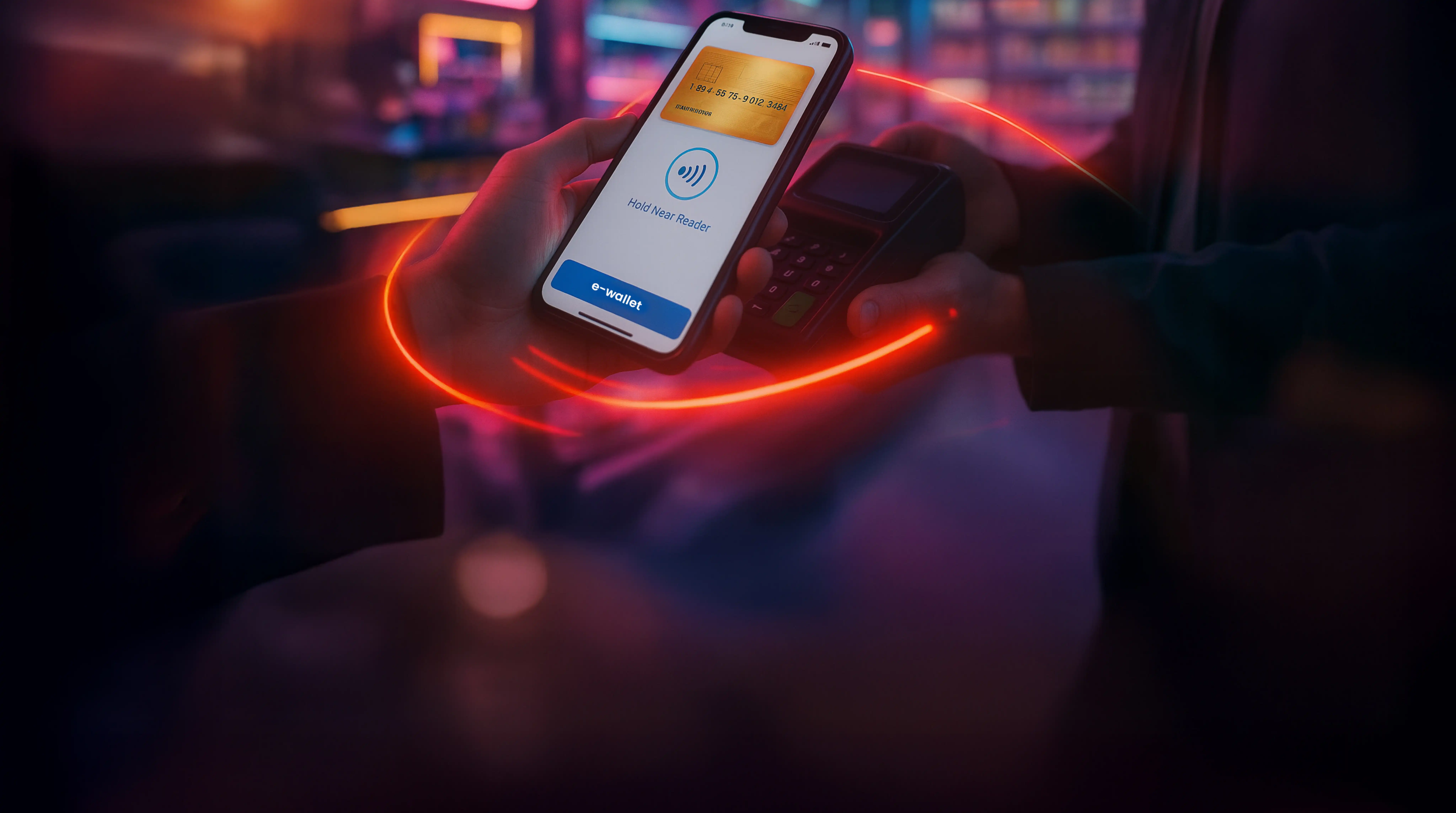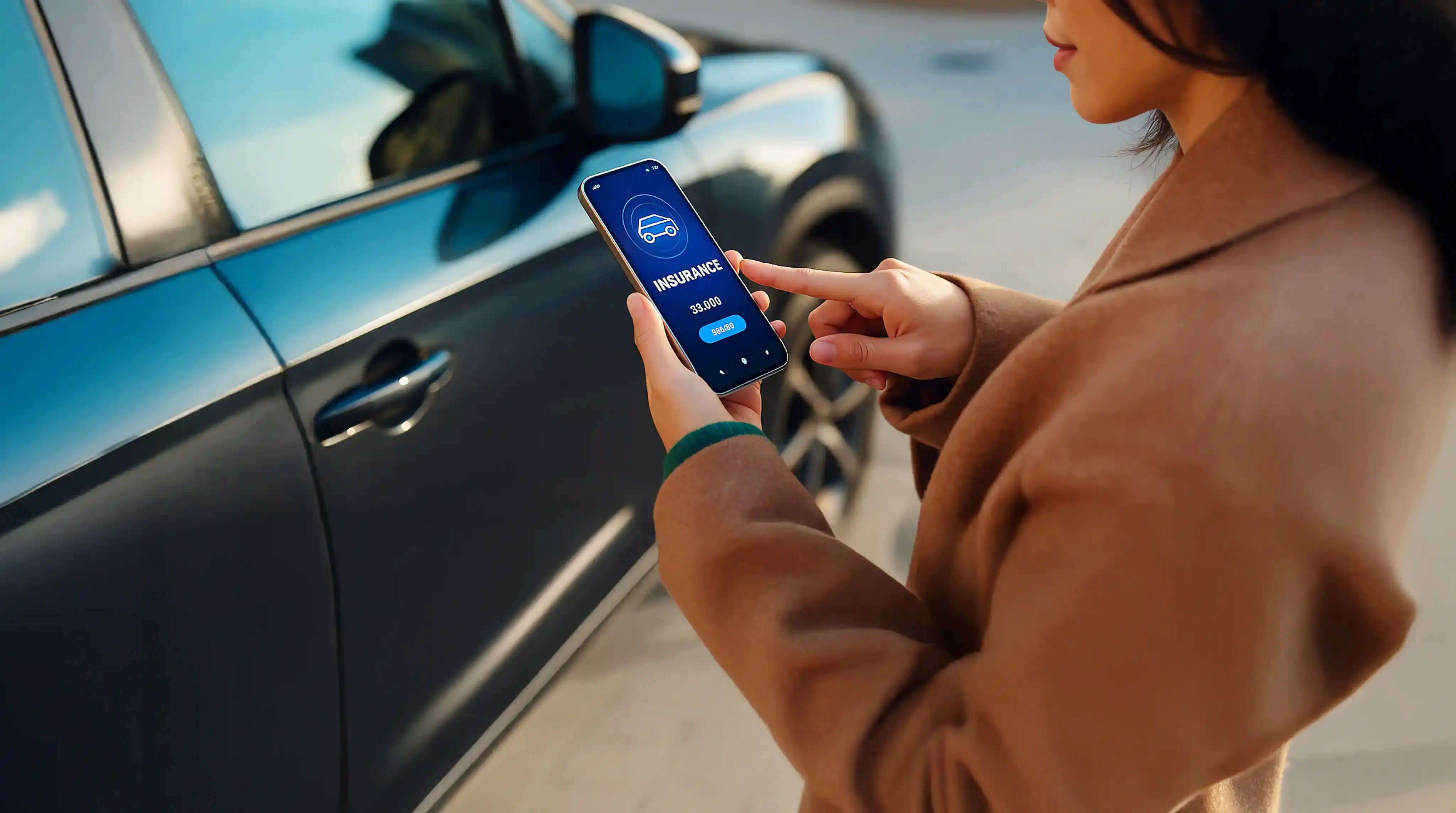Building Incredible Mobile Experiences by Combining AR and AI
April 28, 2021
How AR and AI Work Together to Build Unique Mobile Experiences?
The intriguing partnership of Augmented Reality (AR) and Artificial Intelligence (AI) is a match made in the digital heaven. An AR application can become more beneficial when AI is incorporated into it. The natural bridging of AR and AI enables mobile app developers to build more interactive and intriguing apps. This article explores a few practical ways in which AR and AI can be combined to build incredible mobile experiences.
Ways AI and AR Complement Each Other
The partnership between AR and AI is likely to have a profound impact on customer experience. Companies are developing next-generation applications for mobiles that employ AR and AI technologies. In fact, AI is the heart of practically all AR platforms.
Though Artificial Intelligence and Augmented Reality have distinct technologies, they can sync with one another on a variety of applications. They can leverage each other’s best features and aspects to build innovative mobile experiences. AI enables AR to have a multidimensional interaction with the physical environment. It allows you to manipulate 2D and 3D virtual objects with your words, eyes, and hands.
It is anticipated that the demand for AR-based apps is bound to soar in the next four to five years. Hence, the search for appropriate Software Development Kits (SDK) and Application Program Interfaces (API) for AI and AR is ongoing.
Current State of SDKs and APIs for AR and AI
As the capabilities of current SDKs (Software Development Kits) and APIs (Application Programming Interfaces) rapidly expand, the number of commercial opportunities increase exponentially. Consider a few examples:
- Vuforia: This is an Augmented Reality SDK that enables app developers to build mobile-centric, immersive AR experiences. It is capable of supporting both iOS and Android devices, allowing brands to develop apps with minimal commercial and technical risks.
- ARCore: This is Google’s proprietary AR SDK. It enables developers to get their AR apps up and running on mobile devices. ARCore supports iOS devices and allows developers to build rich and immersive AR experiences supported by mobile devices.
- Core ML: This is a Machine Learning framework used across multiple Apple devices. This API allows you to perform real-time predictions of live images on your device. Its low latency and near real-time results are its biggest advantages. Core ML is an application that can be run without network connections.
- TensorFlow Lite: This is an open-source deep learning framework focused on mobile device inference. TensorFlow Lite enables developers to insert their own custom models.
Practical Ways to Combine AR and AI
The marriage of AR and AI opens up endless opportunities. Here are a few ways in which this combination is deployed to create digital miracles.
1. Speech Recognition: As an AI model listens to what you say, AR effects appear in front of you. An example would be when you say ‘pizza,’ a virtual pizza slice appears in front of your mouth on the app screen.
2. Image Recognition and Image Tracking: It allows customers to see how an object would look and fit in a given space. Combining AR with AI technology allows users to move still photos of items into a still image of a room and assists them in making a decision. Example: the popular IKEA Place.
3. Human Pose Estimation: It is a technique that detects human figures and poses. It predicts the positions of a person’s joints in an image or video. This can be used in controlling AR content. Yopuppet.com is one example.
4. Education: It allows students to gain new perspectives by interacting with virtual reality. For example, they can visualize and interact with a 3D life-size version of the human body.
5. Recognizing and Labelling: When the camera is pointed to a scene or an image, the AR app displays a label that indicates the object or the item when it recognizes it.
6. Car Recognition: Using a smartphone camera, this tech-application allows its customers to sit inside the car and explore the car’s interiors. There isn’t even a need to download the application.
7. Object Detection: AR-AI combination can be applied to automatically learn and detect the position and extent of the objects within an image or a video. This mobile-friendly model facilitates interaction between physical and digital objects.
Take Away
The bridging of AR and AI is offering businesses an opportunity to empower their customers with ways to sharing information in captivating ways. Together, AR and AI continue to enhance mobile experiences, enabling developers to design richer, more intuitive, and relevant experiences for their diverse consumers in numerous ways.
Source: https://www.fingent.com/blog/building-incredible-mobile-experiences-by-combining-ar-and-ai/






